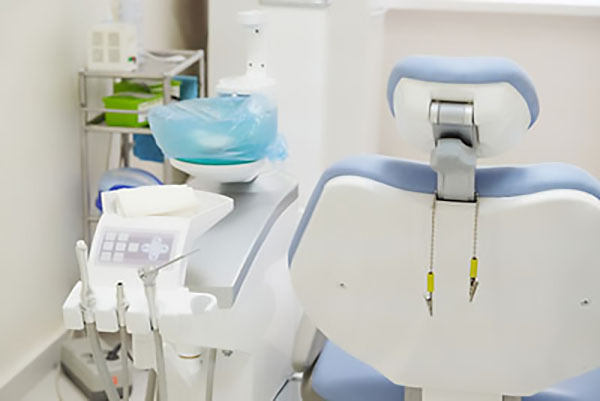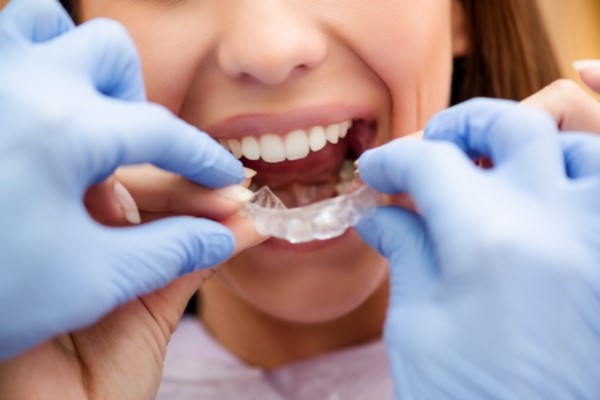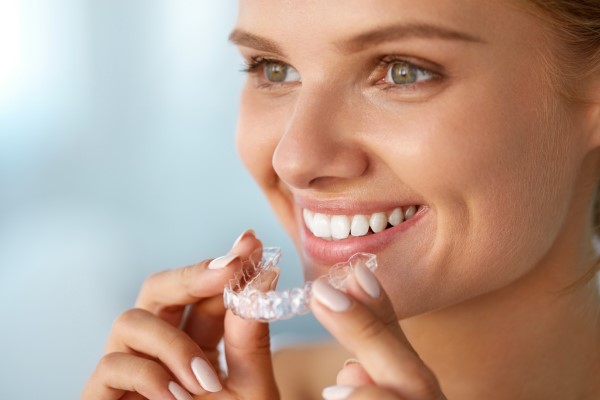Visiting an Emergency Dentist While Pregnant

A common question that emergency dentists receive is whether or not women who are pregnant can receive dental emergency treatment. Understanding how to properly care for oral health while pregnant is important for reducing the risk of infection.
Pregnancy and emergency dentistry
Pregnant women are encouraged to visit the dentist before they reach the third trimester, although there are certain elective procedures that should be postponed. Additionally, there may be urgent needs past the third trimester, which can result in a need to visit an emergency dentist. The following is an overview of receiving dental care while pregnant and what to avoid and what not to avoid as it relates to treatment.
Routine dental care
Many dentists encourage patients who are pregnant to continue all routine checkup visits and routine cleanings before the third trimester. These visits can reduce the risk of developing concerns such as an oral infection that may spread. Additionally, women who are pregnant may experience an increase in hormone levels that increases the risk of gum swelling and bleeding. Dentists can check for any concerns and help the patient manage any symptoms during pregnancy. However, dentists will likely postpone dental X-rays until after pregnancy.
Emergency dental care
Although routine visits are encouraged during pregnancy, elective procedures such as teeth whitening or orthodontic care are often best to postpone. Although the risks are minimal, this further limits the risk of any issues developing that may affect the pregnancy.
However, emergency dental care is most often necessary during pregnancy as failing to treat dental emergencies can increase the risk of infection. Examples of emergency dentistry services that are essential even during pregnancy include treating oral infections and addressing dental trauma. While it is highly recommended to avoid the dentist past the third trimester, in emergent situations, it is okay to visit an emergency dentist for the appropriate treatment.
The use of anesthesia
The difficult part of receiving emergency dentistry treatment while pregnant is the use of anesthesia. Sedation dentistry is used frequently by an emergency dentist, as the services offered may cause some discomfort. However, patients who are pregnant should limit how much sedation they receive. This is because some drugs in sedation dentistry such as Lidocaine pass over the placenta, which can be dangerous. Regardless, an emergency dentist may recommend receiving non-surgical emergency dentistry treatment with little to no medication being given.
Preventing dental concerns
The risks of visiting an emergency dentist while pregnant are minimal and many consider it more dangerous to avoid emergency dentistry when it is necessary as it can lead to an increased risk of an oral infection. However, the best way to deal with oral care emergencies while pregnant is to prevent them by being extra cautious. It is encouraged to avoid excessive intake of foods and drinks high in sugar and stay away from activities that may result in a blow to the mouth.
Talk to an emergency dentist today
To find out more information about how to handle visiting the emergency dentist while pregnant, reach out to us today.
Request an appointment here: https://www.atlantisdentist.com or call Atlantis Dental Care P.A. at (561) 965-9988 for an appointment in our Atlantis office.
Check out what others are saying about our services on Yelp: Read our Yelp reviews.
Recent Posts
Invisalign® aligners are a type of appliance used in orthodontics. These transparent mouth trays are used to push your teeth towards a better alignment. That is the same principle that powers other devices used in orthodontics, like conventional braces. Gradually pushing on teeth leads to them slowly moving in the direction they are being pushed.…
Invisalign aligners are a popular form of orthodontics nowadays. Many patients prefer the discreet nature of these clear aligners over the conspicuous appearance of conventional metal braces. When braces were the only way to straighten teeth, adults and teenagers often avoided getting teeth straightening treatment so they would not have to deal with the look…
A dental filling can be used to repair cavities that form on teeth due to tooth decay. Fillings can also be used to rebuild teeth structures that have been compromised by tooth decay or to repair broken and worn-down teeth.Tooth decay is the result of oral bacteria feasting on food particles that are stuck on…
You may be wondering if an implant supported bridge or a traditional one is right for you. It is a good idea to know a few pros and cons of each one. For example, implants might last longer for you. Keep reading to find out more about getting an implant supported bridge.Bridges can cover gaps…


